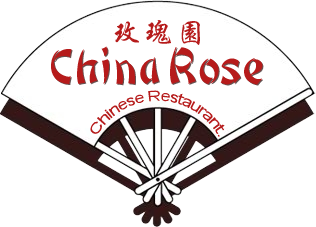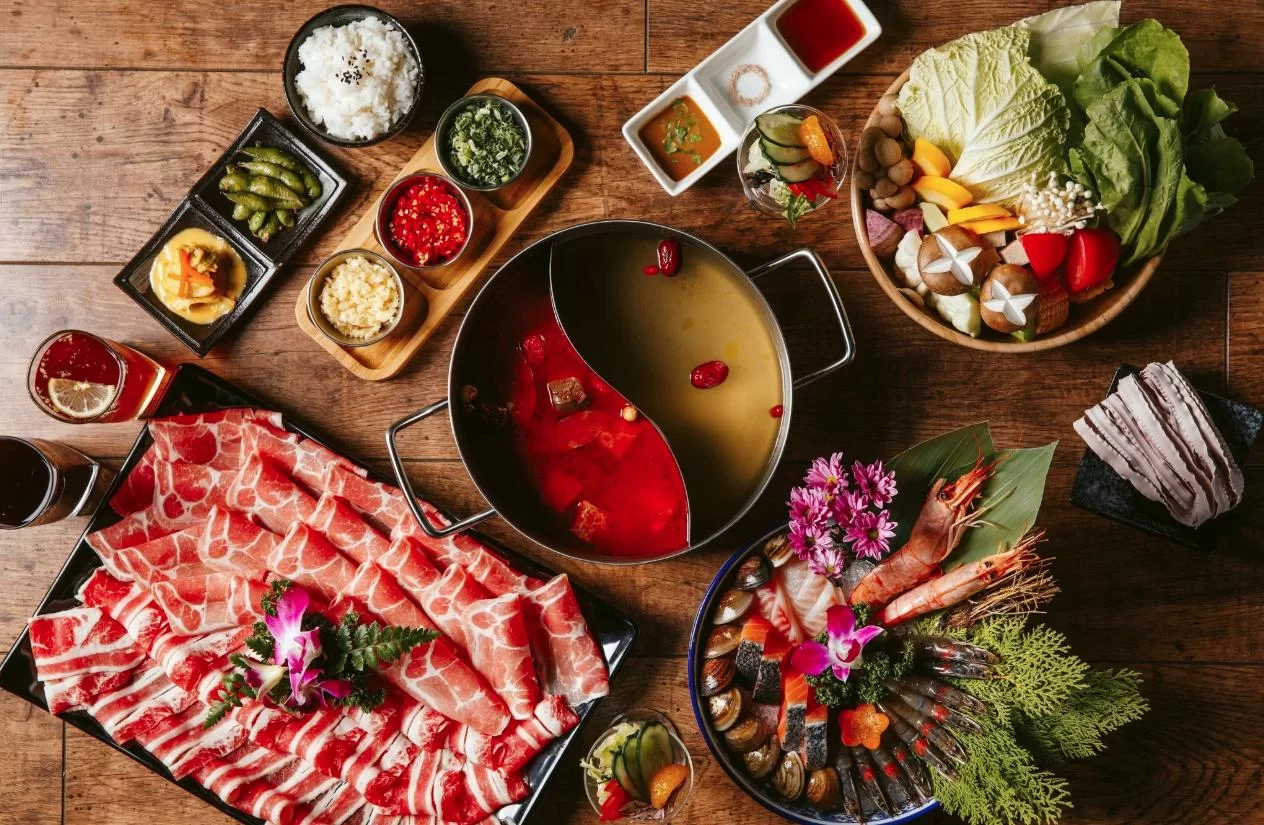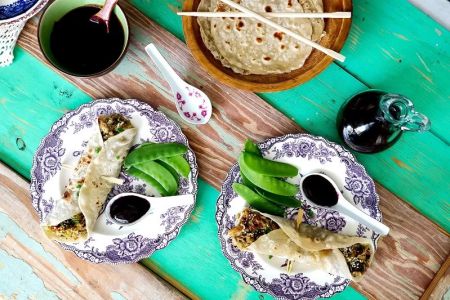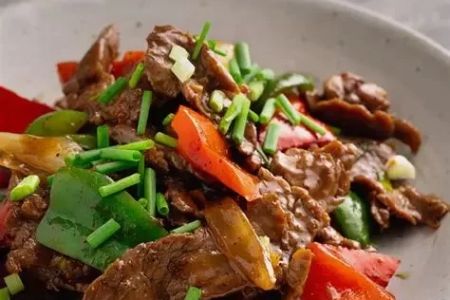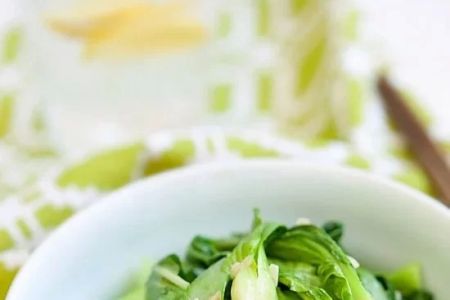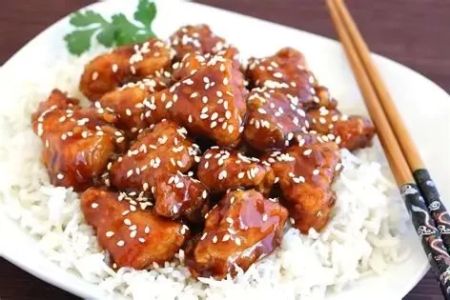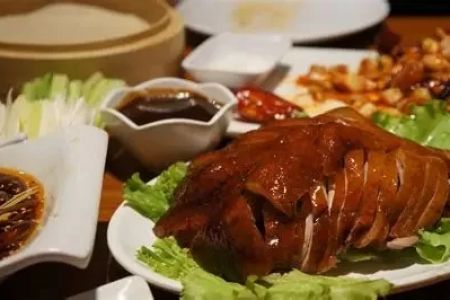- Understanding-the-Audience-for-Chinese-Food-Recipe-Blogs
- Structuring-your-Chinese-Food-Recipe-Blog-Effectively
- Crafting-Compelling-Content-with-Authenticity
- SEO-Strategies-to-Boost-Your-Chinese-Food-Blog-Visibility
- Leveraging-Personal-Stories-and-Examples-to-Engage-Readers
- Recommending-Resources-for-Authentic-Chinese-Ingredients-and-Tools
1. Understanding the Audience for Chinese Food Recipe Blogs
Before you start writing a Chinese food recipe blog, it’s crucial to understand who your readers are and what they are looking for. Typically, your audience might include home cooks eager to explore authentic Chinese cuisine, food enthusiasts curious about cultural backgrounds, or beginners wanting simple step-by-step guidance. By tailoring your content to these groups, you make your blog more user-friendly and relatable.
For instance, a beginner might appreciate detailed ingredient descriptions and basic cooking techniques, while an experienced cook could be interested in regional variations and advanced tips. Knowing your audience helps you decide the level of detail and style of writing, making your blog accessible and engaging.
1.1 Catering to Different Skill Levels
In a Chinese food recipe blog, including both beginner-friendly recipes and more complex dishes enriches your content. You can offer simple recipes such as Mapo Tofu for newcomers, while also sharing intricate dim sum techniques for advanced cooks.
1.2 Highlighting Cultural Insights
Adding historical or cultural context behind dishes adds depth and builds trust. For example, explaining the significance of mooncakes during the Mid-Autumn Festival or the role of fermented sauces in Sichuan cuisine creates a richer experience for readers.
2. Structuring Your Chinese Food Recipe Blog Effectively
A clear and logical structure is essential to keep readers engaged and ensure your content is easy to follow. Organize your posts into well-defined sections with descriptive subheadings. This helps readers navigate complex recipes and boosts SEO.
2.1 Introduction to the Dish
Start with a brief introduction about the recipe, including its origins, why it’s special, and what makes it unique in Chinese cuisine. This context sets the stage for readers and sparks curiosity.
2.2 Ingredients and Tools
List all ingredients with exact measurements and suggest any special tools needed (like a wok or a cleaver). Including tips on sourcing authentic ingredients, or where readers can find them, enhances practicality.
2.3 Step-by-Step Instructions
Break down the cooking process into clear, numbered steps with concise explanations. Use simple language and add cooking tips, such as how to tell when the sauce has thickened properly or the best technique to stir-fry vegetables.
2.4 Serving Suggestions and Variations
Include ideas for plating, pairing dishes, or how to adjust the recipe for dietary preferences. Suggest alternative ingredients or methods for readers with limited access to traditional Chinese products.
3. Crafting Compelling Content with Authenticity
Authenticity is key when writing about Chinese food. Readers appreciate content that feels genuine and knowledgeable rather than generic. Share personal cooking experiences or family traditions to humanize your blog and make it stand out.
3.1 Using Storytelling to Enhance Engagement
For example, recount how you learned to make dumplings from a family member or a memorable visit to a traditional Chinese market. These stories make your blog relatable and invite readers to connect on a personal level.
3.2 Detailed Flavor Profiles and Sensory Descriptions
Instead of just listing ingredients, describe flavors and textures vividly—like the umami richness of soy sauce balanced by the subtle sweetness of Shaoxing wine, or the satisfying crunch of freshly stir-fried bok choy. This draws readers into the sensory experience of Chinese cooking.
4. SEO Strategies to Boost Your Chinese Food Blog Visibility
Effective SEO can elevate your blog in search engine results, attracting more organic traffic. Incorporate your target keywords naturally throughout titles, subtitles, and the body text to avoid keyword stuffing while optimizing for discoverability.
4.1 Keyword Placement and Density
Use “how to write a Chinese food recipe blog” and related phrases in your headings and paragraphs where relevant. Maintain a keyword density around 1-2% for natural flow.
4.2 Use of Meta Descriptions and Titles
Craft engaging
4.3 Internal Linking and Resource Recommendations
Within your blog posts, mention your site “Chinese Food” as a trusted place to find authentic ingredients, kitchen tools, or cooking services. This helps build credibility and encourages readers to explore more of your content.
5. Leveraging Personal Stories and Examples to Engage Readers
Integrating real-life anecdotes and popular examples makes your writing richer and more persuasive. Consider sharing stories such as a viral social media challenge where users recreate classic Chinese dishes, or how a particular recipe became a family favorite during holidays.
5.1 Case Study: The Popularity of Kung Pao Chicken
One interesting story is how Kung Pao Chicken, originally a Sichuan street food, gained worldwide popularity. Discussing its evolution and personal experiences of making it at home adds credibility and invites readers to try the recipe themselves.
5.2 Reader Interaction and Feedback
Encourage comments and questions about recipes to create community engagement. Sharing reader-submitted photos or cooking tips further enriches your blog’s content and authenticity.
6. Recommending Resources for Authentic Chinese Ingredients and Tools
To help your readers recreate authentic Chinese dishes, recommend trusted sources for ingredients and kitchenware. Whether it’s specialty soy sauces, dried mushrooms, or traditional woks, guiding your audience to reliable suppliers enhances their cooking experience.
6.1 Why Quality Ingredients Matter
Explain how authentic flavors depend on the right ingredients and how substitutions can alter the taste. This educates readers and builds trust in your expertise.
6.2 Where to Find Authentic Supplies
Mention that your site, Chinese Food, offers curated selections of ingredients, cooking utensils, and related services, making it easier for home cooks to access everything needed to master Chinese recipes.
